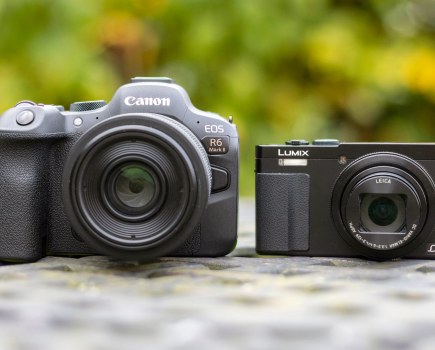Photographing the banal is nothing new. It was arguably luminaries like William Eggleston and Stephen Shore, back in the 1970s, who pioneered the genre. Through laser-like powers of selection, combined with vividly saturated colour, they found photographic art in the everyday things that surround us, from park benches to obsolete advertising hoardings.
Now, fifty years on, Instagram is elevating this fascination with the mundane to the mainstream. The hashtag of choice is #banalography. Search for it and you’ll get nearly a quarter of a million posts.
One enthusiastic banalographer is Tom Hicks, a librarian at Wolverhampton University, who specialises in recording images of the nearby Black Country. I recently joined him, along with a dozen or so others, on one of his regular photo walks.
Inspired by a lifelong interest in typography, his first photos were of graphics in the townscape, on the likes of factory signs or old shop fronts, which he posted on his Instagram account @blackcountrytype (and website: blackcountrytype.com) .“In the Black Country people often make their own signs. They don’t want to spend money on a designer.”
He soon broadened his search to embrace other oddities and patterns, including a corrugated old cinema roof covered in bright green lichen and a pink painted garden fence with a church spire peeping out over the top. A series on Wolverhampton Doorways was inspired by a postcard he had on Doorways of Dublin. Bright colours and blue skies feature strongly .

Mental, Netherton, 2021 – Black Country Life – (C) Tom Hicks (@blackcountrytype)
His pictures made an impression, After three months on Instagram he was offered exhibition space in the centre of Birmingham.
He currently uses a relatively basic iPhone with just a single wide lens. He always opts for a square format, and approaches his subjects head-on. His main advice is to shoot relatively wide, and crop in later, in case one of the details on the edge of the frame proves interesting.
To facilitate cropping, he’s thinking of supplementing the iPhone with a dedicated camera. The higher resolution would allow greater scope for creating pictures within pictures.
“Anything can be made into a good photograph, really” enthuses Tom who notes the lack of beautiful mountains or beaches in the Black Country; “you have to find alternative subjects.” Abandoned car restoration projects, weathered corrugated factories, blocks of flats and multi-storey car parks are all sources of strong patterns.
“There are no people in my photos”, he says, ”but they are something to do with people”. He cites his picture of the Wolverhampton railway station car park that he feels “has the power of nostalgia because lots of people move away and back, through the station. Also, “the British Rail symbol is a great design which people like.”
With banalography, social media is helping make what’s previously been a very arty branch of the medium more accessible. As someone who’s been drawn to these sorts of subjects myself over the years, I like and appreciate the trend, and the way it transforms the dull and everyday into striking and interesting photos.
The views expressed in this column are not necessarily those of Amateur Photographer magazine or Kelsey Media Limited. If you have an opinion you’d like to share on this topic, or any other photography related subject email: [email protected]







